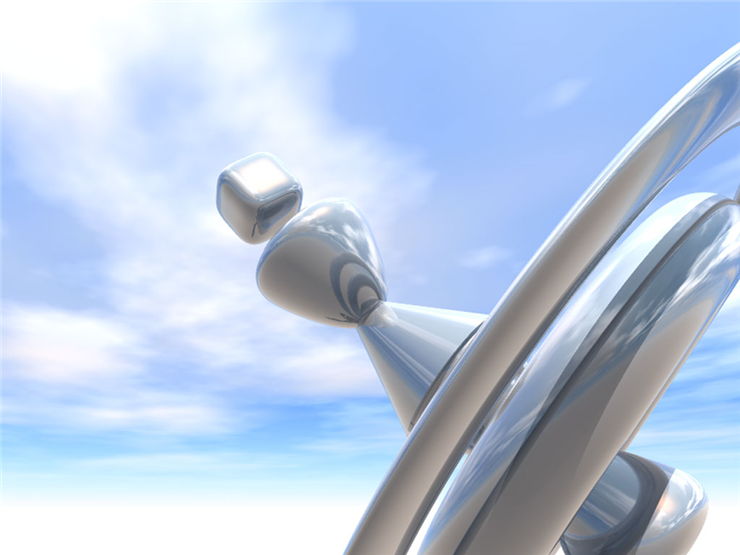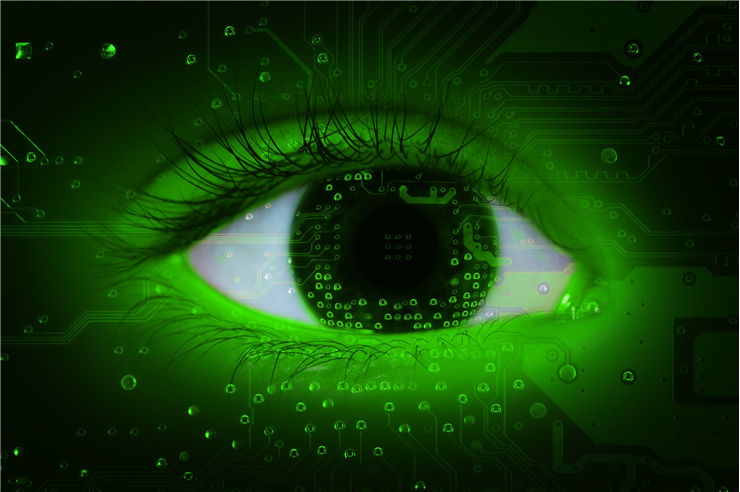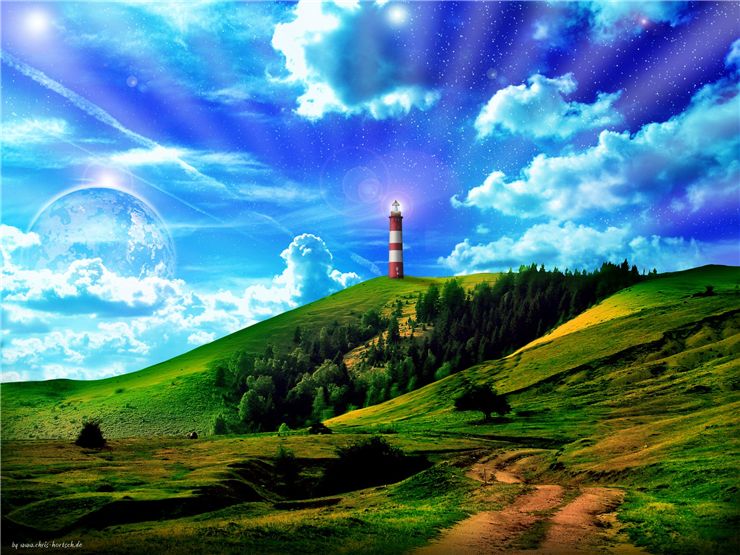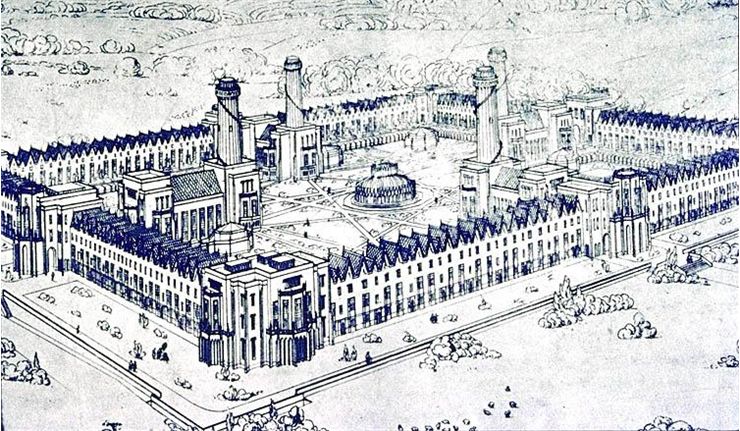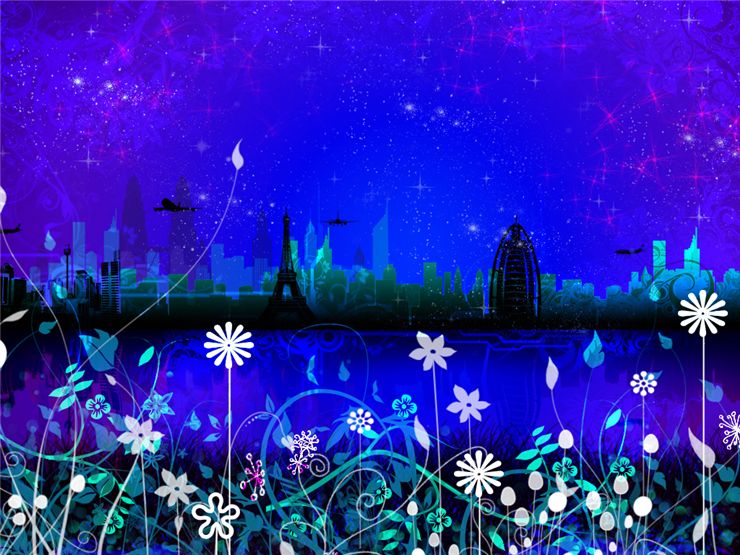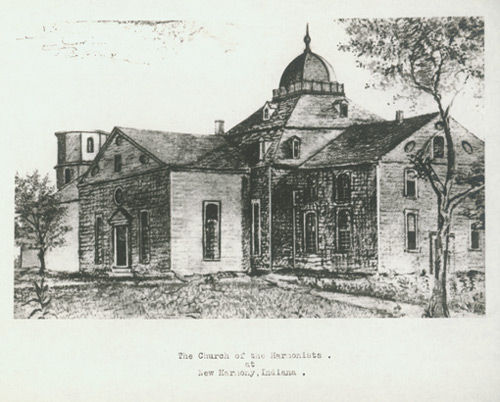Utopia and Dystopia Information
Concepts of utopia and dystopia represent imaginary societies in which people live their life either in a perfect environment, governed by the laws that provide happiness to everyone, or in an oppressive society that is ruled by the repressive and controlled state. Origin of these concepts can be traced to the year of 380BC when Greek philosopher Plato released his influential political dialogue called “Republic”. In it, he first postulated the main themes of utopian society and his visions of the perfect Greek city-state that provided stable life for all of its citizens.
The modern world “Utopia” came to life during early years of 16th century, in the work of the famous English philosopher Thomas Moore. His description of utopian society gave birth to an enormous wave of utopian thought that influenced the life and works of many future philosophers and novelist and helped in the creation of several significant political movements (most notably socialism). Utopias that were envisioned by the minds of those authors can most easily be divided into several distinct categories, all based on the means of their creation – Ecology utopia, Economic utopia, Political Utopia, Religious Utopia, Feminists Utopia and Science and technological utopia. The 19th century gave the birth of the largest wave of utopian thought the world has ever seen. Numerous novelist and philosophers focused their careers on the exploration of those themes, and the result of their work influenced the audiences across the entire world. Most notable utopian novel from that period was without a doubt “Looking Backward” by Edward Bellamy.
Not all examples of utopian life were set in the theory. Some people tried to realize the dreams postulated in the work of several philosophers, and so the age of utopian societies came to life. During the 19th century, over a dozen utopian societies were established in the United States, and few of them managed to survive even to today.
Utopia
Over the last two thousand years, many philosophers envisioned societies that were governed by the perfect set of systems that would enable its citizens to live peaceful and long lives. These utopian visions significantly affected the rise of several political movements in our modern history.
Utopian Fiction
The present day literature has provided us with many great visions of utopian societies, but the origin of the utopian fiction goes all the way back to the instrumental work of Thomas Moore in 1516. Find out here how did those famous early works influence modern literature and movies.
Dystopia
Authors of the mid-20th century were first to envision futuristic societies in which people lived in a repressive and controlled state that only from the outside resembled a Utopia. These dark visions of the future represent great vehicle for the investigation of concepts such as individuality, freedom, class distinctions, repression, religion and advanced technology.
Dystopian Fiction
In our modern environment, works of fiction that are focused on the futuristic visions of dark dystopias are common and widespread. These visions of futuristic worlds produced some of the most famous novels, movies, comics and music of our time. Here you can find out more about them.
Dystopian thought
End of the 19th century brought the rise of Dystopian thought. Numerous philosophers and authors imagined the dark visions of the future where totalitarian rulers governed the life of ordinary citizens. Their works explored many themes of dystopian societies - repressive social control systems, government coercion of citizens, influence of technology on human mind, coping mechanisms, individuality, freedom of life and speech, censorship, sexual repression, class distinctions, artificial life and human interaction with the nature (and often the consequences of its destruction).
Some of the earliest and influential works of dystopian fiction can be contributed to the authors H.G. Wells (Time Machine), Aldous Huxley (Brave New World) and George Orwell (Nineteen Eighty-Four). Their works paved the way to the numerous other authors, who event today manage to envision some new aspect of life in dystopian societies. In addition to literature, dystopian themes found its life in many other types of mediums, such as comic books (most notably V for Vendetta, Transmetropolitan, Y: The Last Man and Akira), music, video games (Fallout, Deus Ex and BioShock ) television series (The Prisoner, Dark Angel, Doctor Who and Twilight Zone) and movies (Metropolis, Blade Runner, A Clockwork Orange and Matrix).
Featured Articles
List of Dystopian Literature
Over the last two hundred years, countless of authors tried to envision the various societies that are firmly in the grip of the dystopian rule. Novels that you can find here are filled with the incredible imagination and visions of the dark future.
Dystopian Elements and Characteristics
Tales set in the imaginary dystopian environment are usually focused on survival or exploration of the world that is built on the remains of some past war, disaster or revolution. Here you can find out more about basic building blocks of dystopias.
Utopian Communities
Visions formed in the works of various utopian philosophers and novelist begun to spring to life during the early years of 19th century. Formed mostly in North America, these settlements tried to create their perfect way of life by embracing the utopian aspect of equality, tolerance and preservation of nature.
Utopian Literature List
In the last 2000 years, many prominent philosophers and novelist shared their visions of perfect utopian societies to the world. From the original philosophical debates, to the successful mass-market science fiction novels, here you can find out most prominent works that covered the complicated and interesting theme of utopian future.
